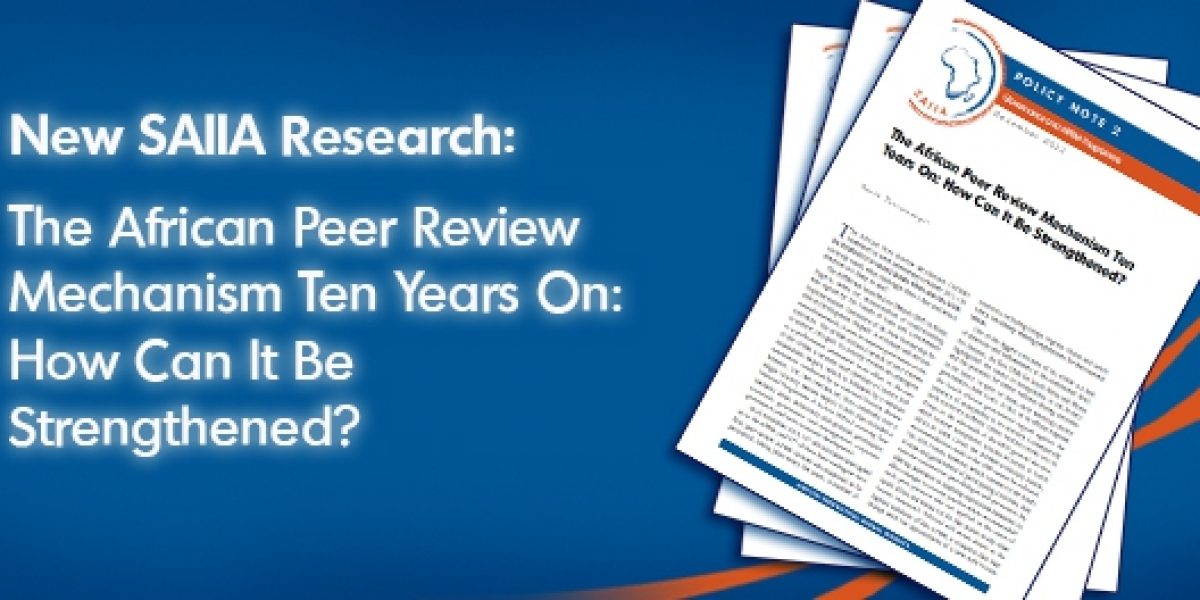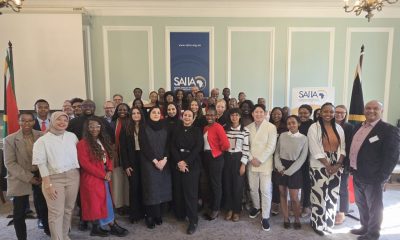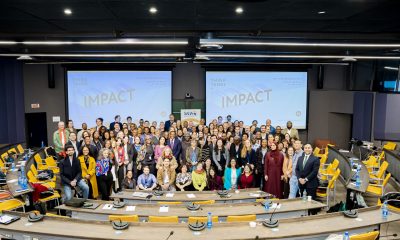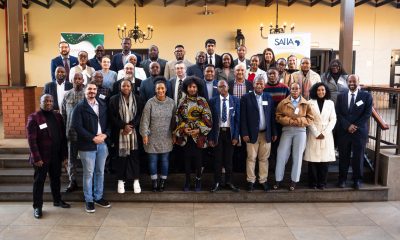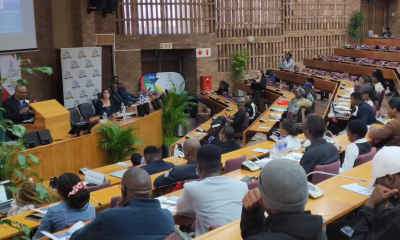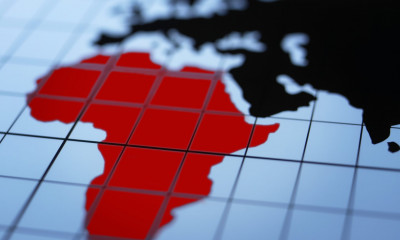Both events were celebrated at the May 2013 AU Summit. A new year has arrived and it’s time for the next meeting of African leaders in the continent’s political capital. The 22nd African Union Summit will take place from 21 to 31 January 2014 in Addis Ababa, Ethiopia. Decisions taken following last year’s discussions are likely to influence the AU agenda in January.
The APRM will undoubtedly be under the spotlight. It is a voluntary African-owned governance assessment mechanism, where member states evaluate governance progress and challenges, and commit to improving shortcomings. After its first decade, 33 states have joined and 17 states have undergone the first review.
However, critics have pointed to lack of follow-up on commitments made, as well as concerns about political leadership and stagnation. In order to address these issues, the APRM underwent a major shake-up in May 2013. The mechanism’s highest authority and decision-making body, the APR Forum, was placed under the helm of Liberia’s president Ellen Johnson Sirleaf. The APR Panel of Eminent Persons, which is responsible for conduct of the reviews, was entrusted to Transparency International’s vice-president, Barrister Akere Muna. Finally, the administrative arm of the mechanism, the APR Secretariat, was given a necessary boost, as an increase of its capacity was approved.
While the new chairpersons need time settle into their positions, nonetheless, little seems to have changed in the day-to-day matters of the APRM. The recruitment process for the APR Secretariat is also yet to start. It is likely that new developments will be announced at the APR Forum meeting, scheduled for 25-26 January 2014.
SAIIA’s latest Policy Note, entitled ‘The African Peer Review Mechanism at 10: How can it be strengthened?’ suggests that the mechanism has the potential to improve governance in its member states, as well as across the continent. However it also points out that after the hype that followed the first reviews, the APRM seems to have adopted an auto-pilot mode. The body’s continental leadership now needs to demonstrate the necessary political will to reinvigorate the process and ensure that member states are following through on their commitments; one hopes that the APRM’s new leaders are up to this task. The Policy Note furthermore provides recommendations at different levels on how the APRM could be strengthened at this crucial point in its existence.
If you would like to find out more about the APRM, please access SAIIA’s new APRM Toolkit, a comprehensive repository of APRM knowledge for continental practitioners, civil society members, academics, students, journalists and donors. It was designed to provide a single entry point for access to all of the most important APRM official documents and independent analysis of the process. The Toolkit contains founding documents, country review and progress reports, academic and civil society papers on the mechanism, APRM standards, as well as research and training materials published by SAIIA. It has been recently re-conceptualised and re-launched in November 2013. Please check back frequently to find the latest APRM materials.

